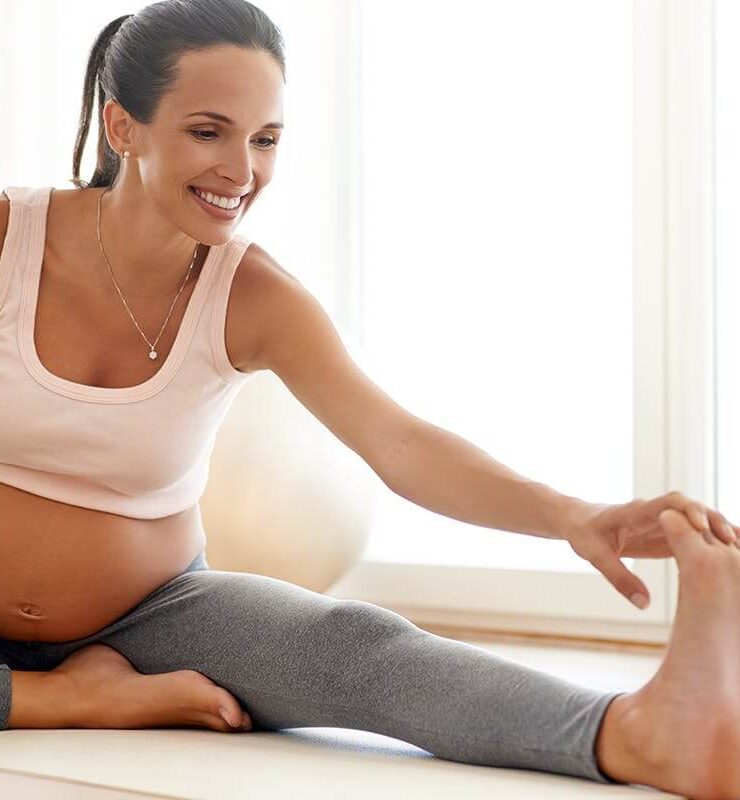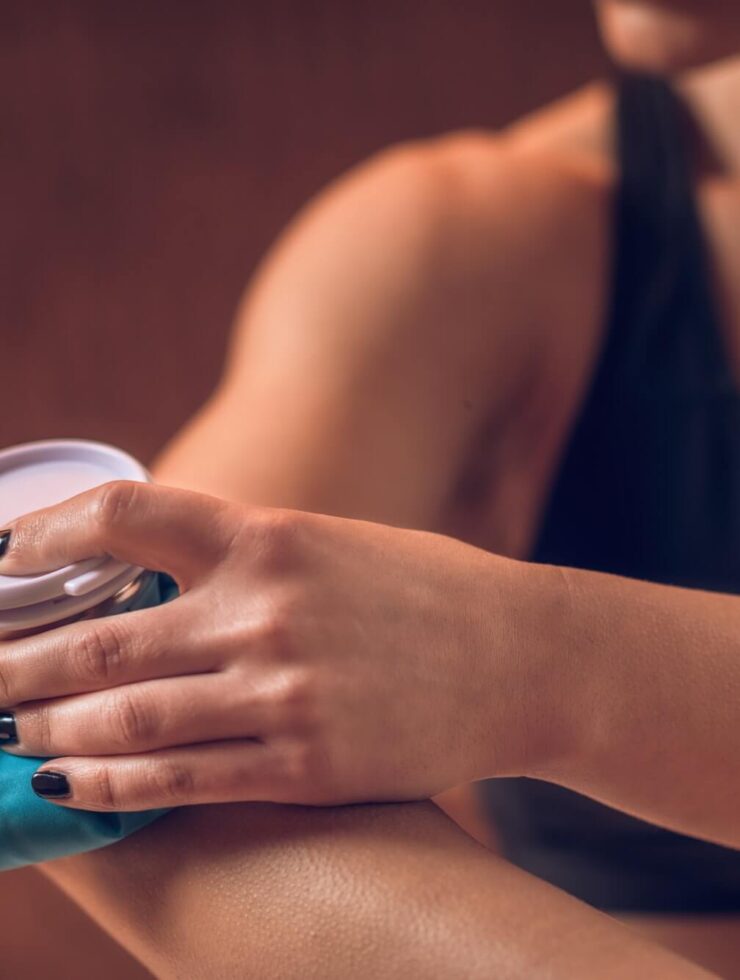We are living in an era of great change in technology, most notably around social media and telecommunications. Most people nowadays have one or more devices like a laptop, notebook, iPad, smartphone, tablet, PC, and the list goes on. In fact, it seems that almost every week there’s a latest and greatest new device being released. As physiotherapists we have clients coming in every day with issues related to the use of these devices.
Some of the problems we see include:
- Joint pain. Repetitive strain injuries most commonly affecting thumbs, wrists, elbows from overloading the structures in these smaller joints.
- Postural pain. Most commonly affecting our necks and backs due to stooped positions over sustained periods but also causing other issues such as tightening of our hips and shoulders which can lead to aches and pains.
- Sitting-related issues. It is estimated that we sit for an average of 10 hours per day in Australia, much of this time is spent using technology. Too much sitting is bad for our health. It contributes to overall deconditioning of our bodies that are designed to move. This, in turn, leads to an increased risk of developing a chronic illness such as diabetes, heart disease, cancer and obesity.
- Mental health. Research suggests that excessive use of computers and social media devices can have a negative effect on sleep patterns, stress and overall wellbeing. Although we’re more connected than ever we are becoming less social with each other.
It may seem that there is no way of avoiding the use of technology and social media, and it’s true, it is becoming a bigger part of our lives all the time. There are however some things we can do to lessen the impact of technology on your body. Here are my top 5 tips to help change your habits:
- Check your desk set-up. If you sit at a desk, ensure that your laptop/computer, keyboard and seat are all adjusted appropriately for you. You should not have to look up or down at your screen, your elbows should be bent to about 90 degrees and your feet should sit comfortably on the floor. Your spine should maintain its natural s-shape curve.
- Talk don’t text. Phone a friend rather than text them. It’s kinder on your hands. Better again, keep moving while you talk. Walk around or at least stand during the conversation.
- Complete regular stretches of your neck, shoulders, elbows and wrists if you spend a lot of time on the computer or phone. It can help reduce stiffness in the muscles, joints, nerves and increase blood flow, in turn reducing overuse injuries or postural pain.
- Aim to counteract the time spent watching TV or browsing the internet with regular physical activity. Thirty minutes of moderate intensity exercise is recommended at least five days a week for healthy adults.
- Unplug from time to time. Try and set aside time away from your devices. You might consider taking up a new hobby or structuring more time to catch up with people in person rather than sending an email. It can be hard at first but it can be refreshing for both body and mind.
If you would like help with reducing discomfort or would prefer more personalised advice on this topic, please don’t hesitate to book in to see us for an assessment.
[x_author title=”The Author”]
[x_share title=”Share this Post” facebook=”true” twitter=”true” google_plus=”true” linkedin=”true”]




